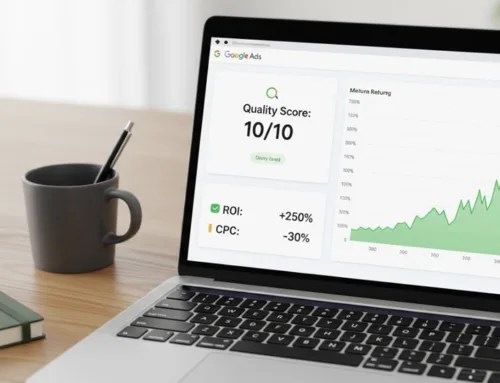Some of you have certainly tried to define “the ideal marketing persona” within your company, haven’t you? I say “tried”, because in general, you end up defining a segmentation rather than a persona, and that’s not the same thing at all!
First of all, what is a persona?
To put it in simple terms, a persona is a profile, an archetype of your buyers – not a segmentation! By establishing a persona, we associate a typical profile with each customer to better identify and communicate with them. It’s like your golden snitch in a quidditch match! (a must-have reference for Harry Potter fans; for the rest of us, it could be called your grail).
So, yes, knowing that Julien likes soccer, red wine and Helene Segara isn’t going to do you any good, but if we knew his brakes, his motivations, his internal purchasing process, his colleagues! Wouldn’t that be interesting? The buying decision in B2B is slightly more complex than in B2C, which is why it’s imperative to consider the role of our persona in the buying process.
It goes without saying that the complexity of the purchasing process goes hand in hand with the importance of the solution or product your prospect is going to buy. The more complex the purchase, the more expensive it is, and the more people are involved in the decision-making process. Fear of change is also an important factor. For example, on a personal level, would you change your ISP every year? Doesn’t that little voice inside you tell you that you’re going to be on the phone to customer service for 2 weeks because your fiber isn’t connected?
So, when it comes to creating a persona in B2B, we must take care to identify its role in the purchasing decision. We can identify 3 main roles in a buying committee: the decision-maker, the influencer and the user.
Generally speaking, the larger the company you’re prospecting, the larger the number of people on the buying committee. On the other hand, in very small companies, a single person may take on several roles, so that sometimes he or she may be the decision-maker, the influencer and the user.
1-The role of decision-maker
In most cases, the decision-maker holds the keys and controls the budget. This is the President, CEO or Director.
The decision-maker doesn’t necessarily know the technical details of the purchase; what interests him is the return on investment of your product or solution.
2-The role of influencer
Influencers can be internal or external individuals. Its role is to provide advice and expertise to guide decision-makers in their decision-making.
Consequently, it’s important to convince the influencer that the product or solution you’re selling is the best and most suitable. It’s important to highlight the product’s strong points, or its innovative aspect, the differentiating element that will set it apart from the competition.
3-The user’s role
The role of the user is not to be taken lightly. In most cases, they are internal to the company. They will be the first to be affected by the use of the product or service purchased. It is often the user who brings an internal need to the attention of the influencer or directly to the decision-maker. It’s also not uncommon to consult users on their appreciation of the products or services they’ve purchased, and their responses will carry considerable weight when it comes to extending a contract.
Emphasize customer service or personalized training in the use of your solution. Users shouldn’t be left with the impression that the product is too complex or too time-consuming to use.
Once you’ve identified your personas, you need to know how to leverage them in your marketing strategy. How can you capitalize on this vital work in developing your strategy? And how do you go about it? What content should be produced? For which personas? What leverage should be used, and at what cost?
Coming soon, we invite you to discover how you can use your personas to generate sales or fuel your sales force – so keep in touch on our blog!
Mis à jour le 23 January 2025
Mis à jour le 23 January 2025




